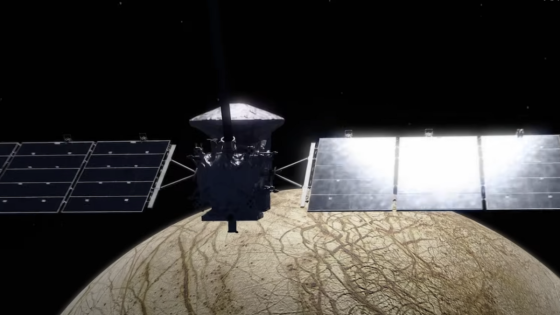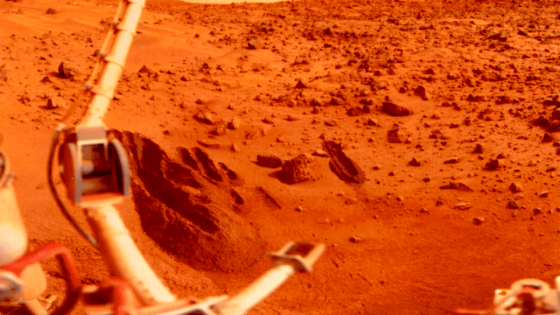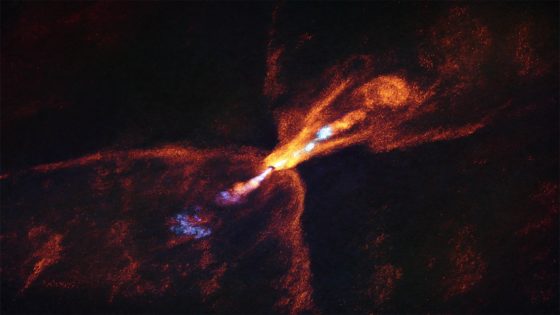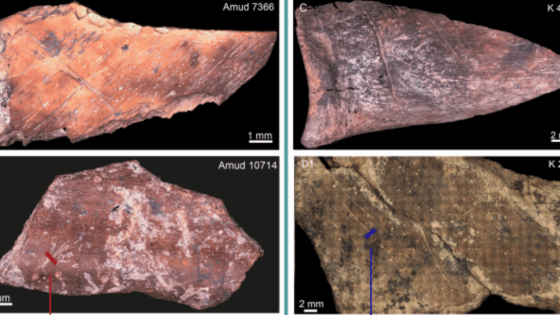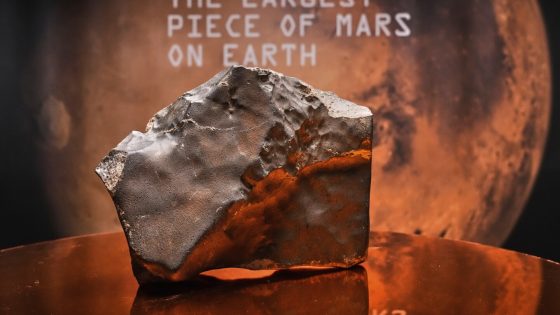NASA’s Europa Clipper spacecraft recently captured a stunning image of Mars and its two moons, Phobos and Deimos, during its journey to the outer solar system. This extraordinary photo opportunity occurred on February 28, 2025-07-27 14:22:00, showcasing the trio in infrared light.
- Europa Clipper captures Mars and its moons.
- Infrared image reveals heat signatures.
- Phobos and Deimos rarely seen together.
- Moons' origins remain a scientific mystery.
- Europa Clipper aims to explore Jupiter's moon.
- Gravity assist used for trajectory adjustment.
The image not only highlights the beauty of these celestial bodies but also serves a practical purpose. It allowed mission engineers to fine-tune the spacecraft’s thermal camera, essential for its upcoming exploration of Jupiter’s moon Europa.
This rare view of Mars and its moons prompts intriguing questions about their origins. How did these small celestial bodies come to orbit the Red Planet? Understanding their formation could shed light on broader planetary processes.
- Phobos is about 14 miles wide, while Deimos is only 7-8 miles across.
- Both moons may have originated from asteroids or debris from Mars itself.
- The thermal camera will be crucial for identifying potential habitability on Europa.
As NASA continues its mission, the insights gained from these observations may pave the way for future explorations and the search for life beyond Earth.



